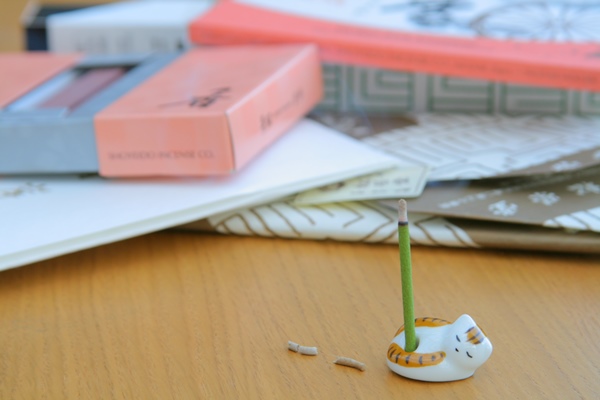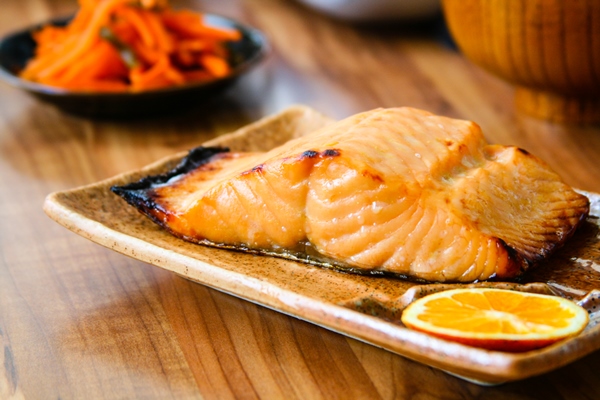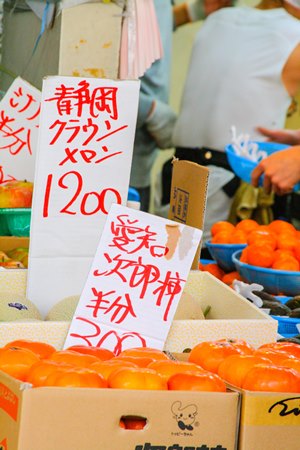The Scent of Osmanthus
Once the weather turns cool in Tokyo, a sweet perfume fills its streets. It escapes from the parks and enclosed gardens and for a few weeks it becomes a familiar presence in a city better known for its skyscrapers, electronics and cuisine than for flowers. The tiny blossoms that give Tokyo its aroma are easy to miss, but the perfume is so vivid that osmanthus is sometimes called “a 10-mile fragrance” tree. In Japanese, it’s known as kinmokusei, and in English it may be referred to as a “fragrant” or “Chinese” olive, hinting at the plant’s origins, but by any name, the aroma of ripe apricots, jasmine petals and leather is irresistible.

In my latest FT column, Perfumes Linked by Osmanthus, I discuss one of the most fascinating perfume ingredients, osmanthus, and explain how it’s used in perfumery. Of course, I mention three of my favorite osmanthus perfumes and share stories about them. You can read the article by clicking here.
Please let me know other osmanthus perfumes that should be included on a list for someone who loves these apricot scented blossoms.
Photography by Bois de Jasmin





















Yuliya Luk in Hermes Un Jardin Sur Le Nil : Fragrance Review: I want to say that after trying many perfumes from Hermes, I was not ready to buy them and use them. I received this scent as a gift from my… April 25, 2024 at 9:30pm